From Industrial Glitch to Research Focus
Stephen Remillard, Ph.D. | Associate Professor of Physics
One engineer’s problem may just be another scientist’s solution. At least, that seems to be the case with a curious physics phenomenon known as microplasma.
Dr. Stephen Remillard has seen it from both sides: as a problem during his earlier career as an industrial physicist, and as a surprisingly useful phenomenon now that he’s a research-intensive academic physicist.
“Plasma is the fourth state of matter,” Remillard explains, “and you can envision it as being hot gas, where electrons have been removed from the atoms.”
Microplasma is plasma on a miniscule scale. (Think very hot gases in very, very small spaces.) Electrons in the gas reach a temperature of 4,000 degrees Kelvin, or about 6,740 degrees Fahrenheit. The gaps in which microplasma ignites are 10 to 20 microns wide, which is roughly 1 to 2 percent of a millimeter. As it turns out, the reduced size makes for completely different properties.
“Plasma is sustained because electrons crash into atoms in the gas,” Remillard says. “If the gas is really small, the electrons don’t get a chance to go so fast, so the collisions look different, and the entire physical property of the plasma is going to be different.”
Some of these physical properties proved problematic when Remillard first encountered them as a member of an industrial team developing technology for a cell phone base station. Microplasma caused the superconductors he was working on to malfunction.
“When you’re an engineer confronted with a problem, you look for ways to get rid of the problem. You don’t have a good reason to spend time studying it; that’s a scientist’s job. When I was working in industry, developing products, my interest was getting rid of the problem,” he says. “When I came back to academia, where we’re more interested in that question of why stuff happens than we are in how to build stuff with it, I had to shift gears.”
Rather than eliminating microplasma, Remillard now creates, sustains and observes it in Hope College’s Microwave Lab in VanderWerf Hall. In 2019 his research group topped the $1 million mark for grants received over the years.
Though it may cause the occasional superconductor to stop working, in the right setting microplasma has a whole host of applications. It can be used in adaptive radio frequency systems, and to sterilize water in resource-poor settings. Scientists are even investigating whether it could speed up wound healing. (The extreme heat, wound patients would be relieved to know, belongs to only a small portion of the microplasma — its electrons. The majority of the gas maintains a more amiable temperature of about 68 degrees Fahrenheit.) The substance’s full applicability, however, remains to be studied.
“There’s a very limited understanding of plasma starting in very small places,” Remillard says. “That’s what’s neat about microplasma: everything we knew about macroplasmas has to be modified, and that’s what we’re working on.”
The Microwave Group at Hope is in year two of a three-year, $142,902 grant from the U.S. Department of Energy. With this support, the Hope College group exchanges students with a professor at Grand Valley State University to study how microplasma is generated and what its electrical properties are.
The researchers generate and sustain microplasma using microwaves. Any microwave (like any other wave) has a specific frequency. Remillard and his students have found that when they ignite the microplasma with one of these frequencies, a completely different frequency of microwave energy comes out the other side — for reasons still unknown. “What is that all about? We’re trying to understand that.”
The phenomenon does have a name, though: harmonic generation. “It’s the exact same thing as guitar players talk about, when they talk about harmonic distortion of their amplifier,” Remillard says — albeit with sound waves.
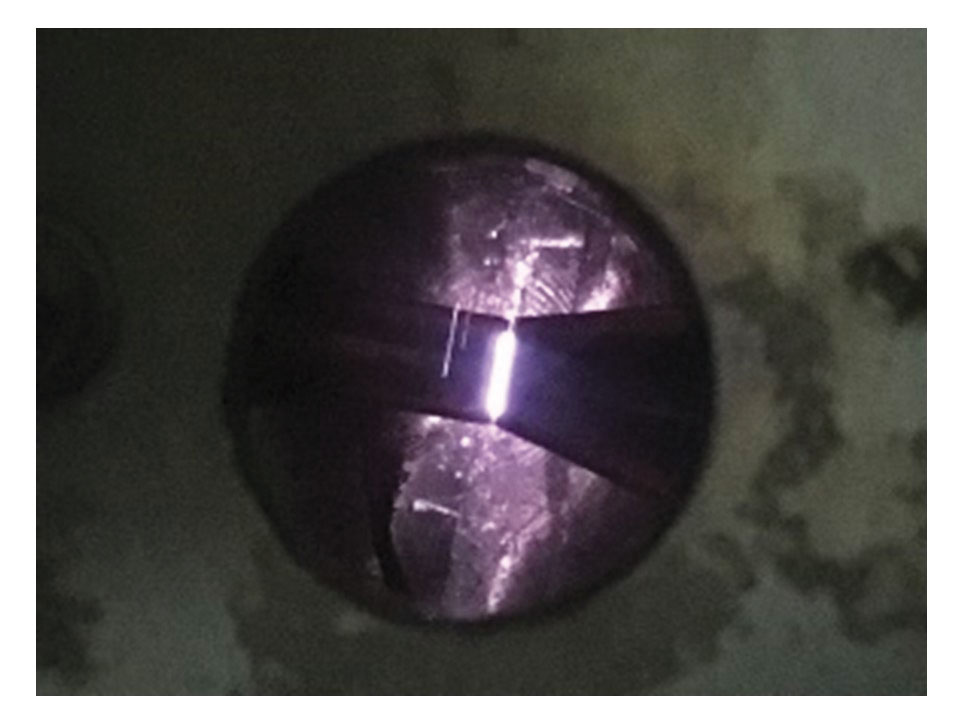
Once ignited, microplasma is also visually different from macroplasma; it emits a different light, which can be altered by changing the microenvironment. “When we change the conditions of the microplasma — change the size of the gap, change the microwave power, change the pressure of the gas — the light that’s emitted changes,” Remillard says. “And I don’t know why yet. That’s a brand new area of research.”
Remillard and the students involved in his research have discovered and characterized multiple previously unknown aspects of microplasma. An early achievement was development of a model of how microplasma ignites in the first place.
Since then, Remillard reports, they’ve identified different behaviors that result under different levels of pressure. “We discovered that there’s a certain cutoff pressure, below which there’s no microplasma,” he says. “I’ve been told by people working in the field that this has been perplexing them — why they can’t get microplasma. Our model describes this perfectly.”
The next step will be to develop an even more sophisticated model that incorporates more of microplasma’s properties. The research is timely; the smaller that electronic and microwave devices become, the more an understanding of microplasma will be called for.
“As microwave devices shrank and shrank, it became a real nuisance or a real exploitable phenomenon, depending on the situation,” Remillard says. A whole new area of research opened up, all from a malfunctioning piece of cell phone equipment puzzled over during a previous career.
“It was accidental. It was unexpected,” Remillard recalls. “And that’s kind of how science works, a lot of the time: Somebody just says the right thing, and your light bulb goes on.”



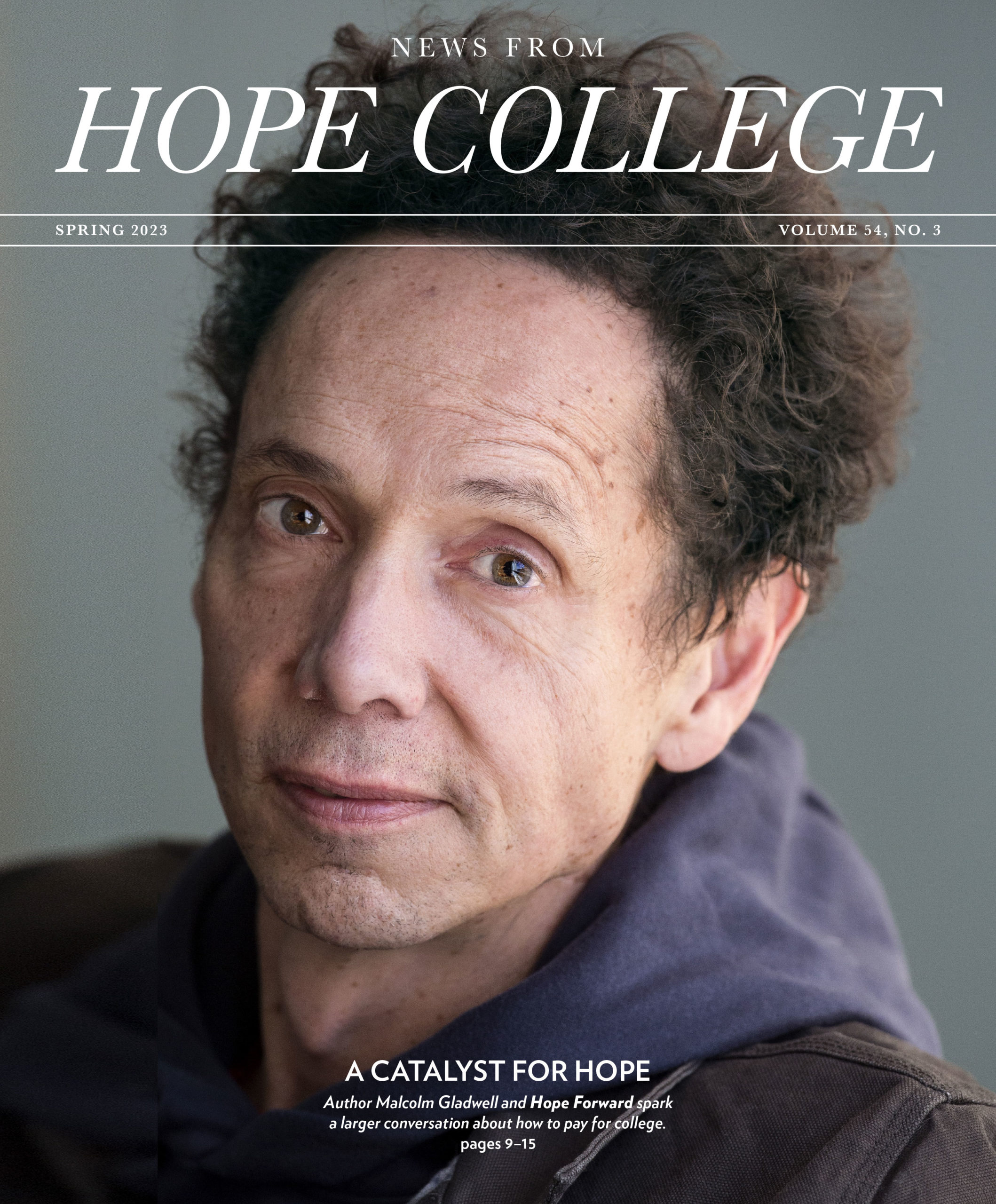






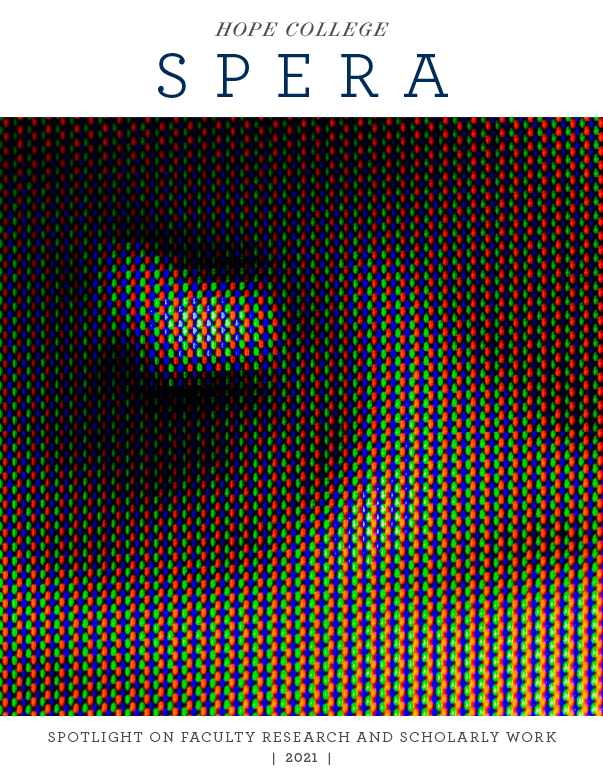






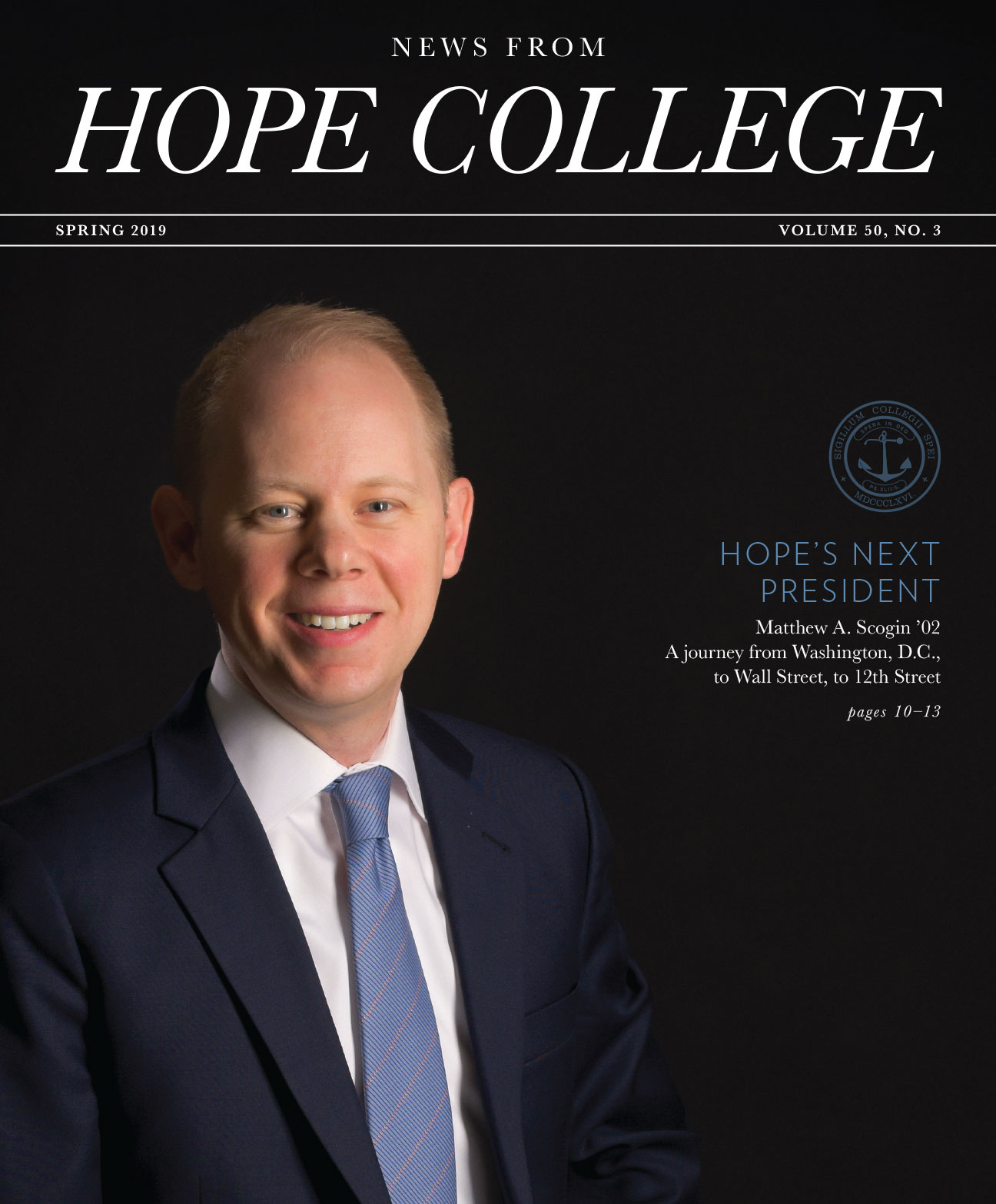





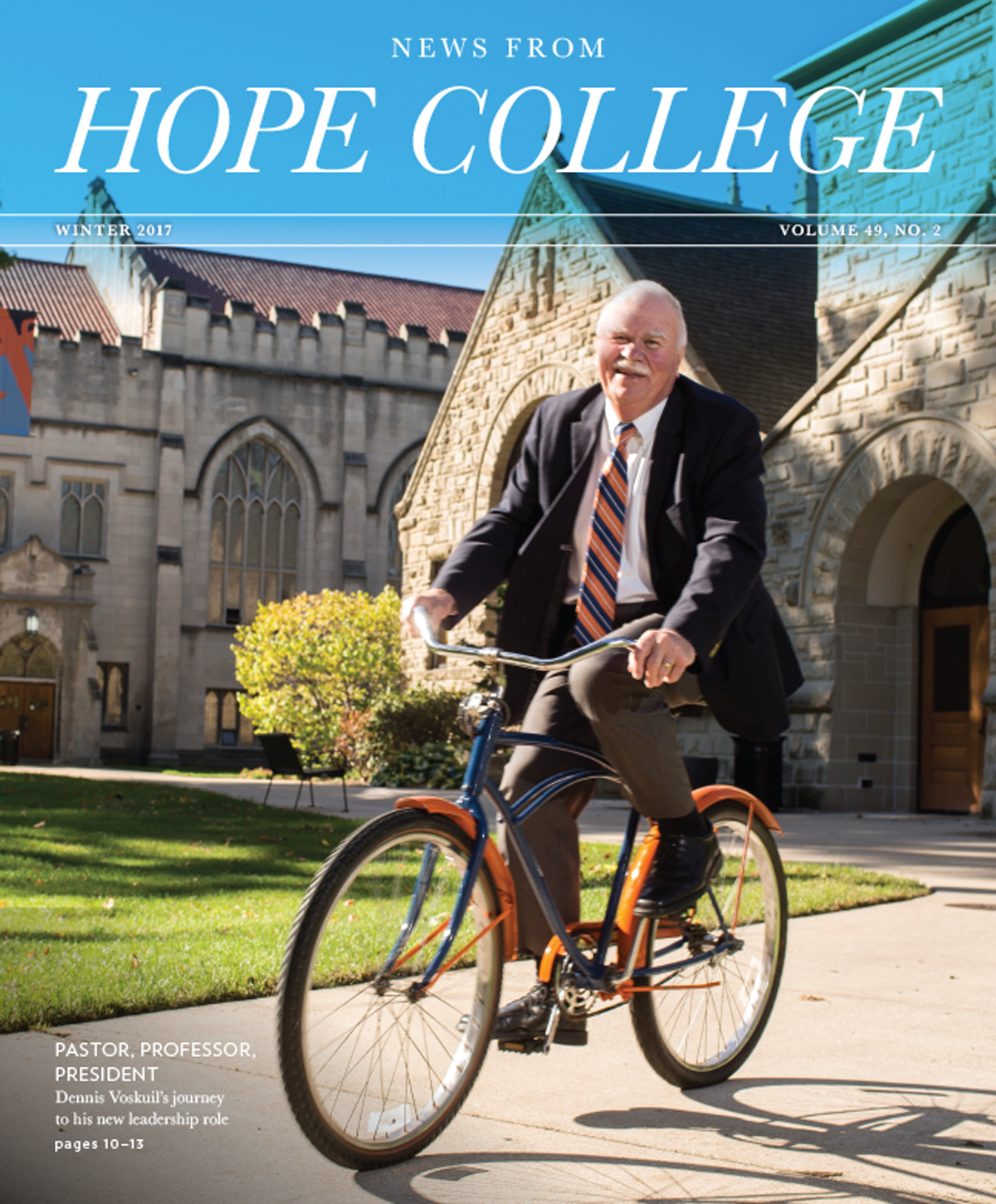
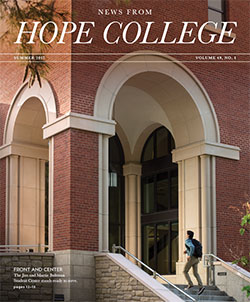


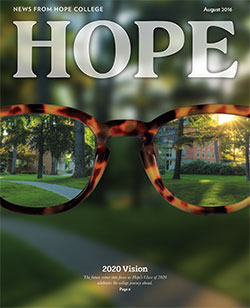





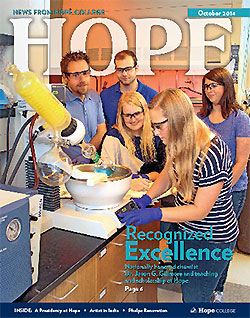









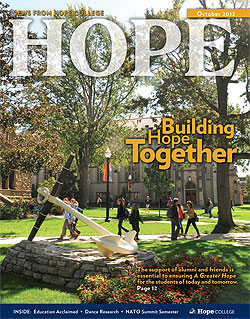




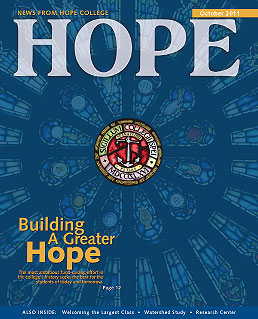





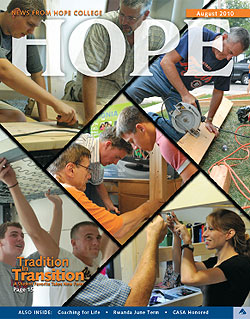

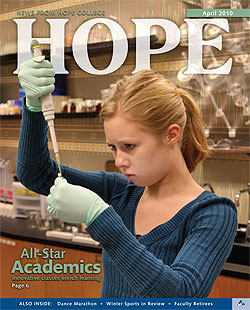

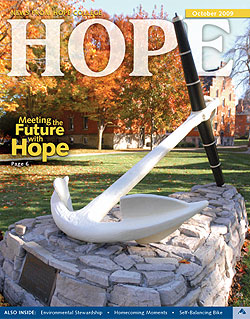


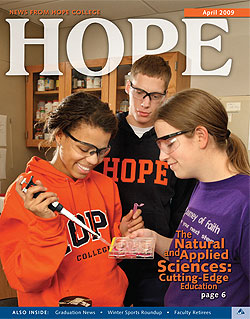

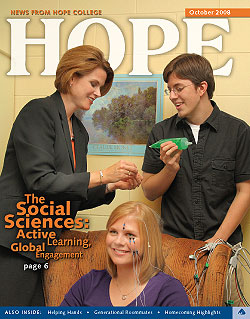



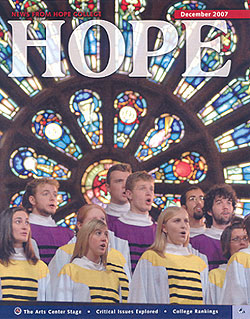






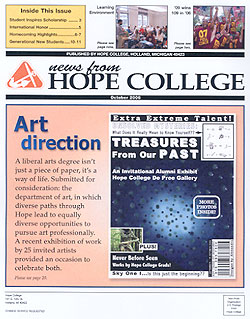
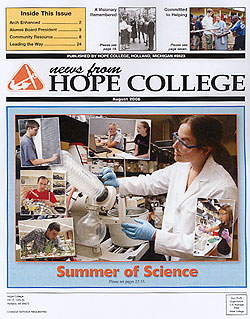






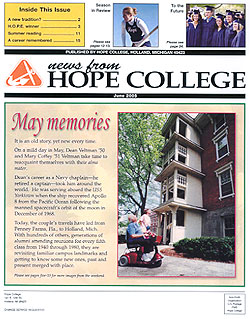









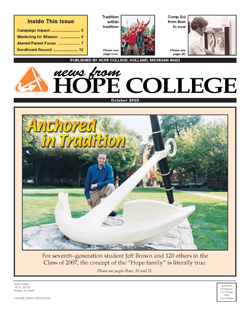
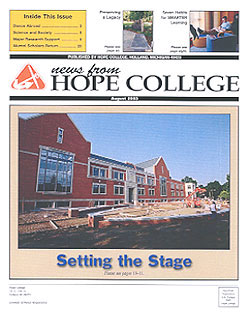







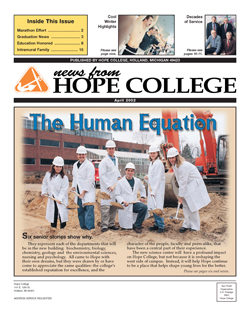












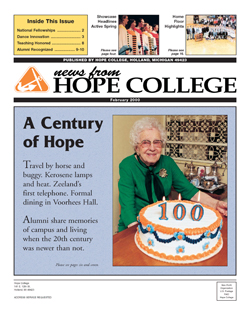



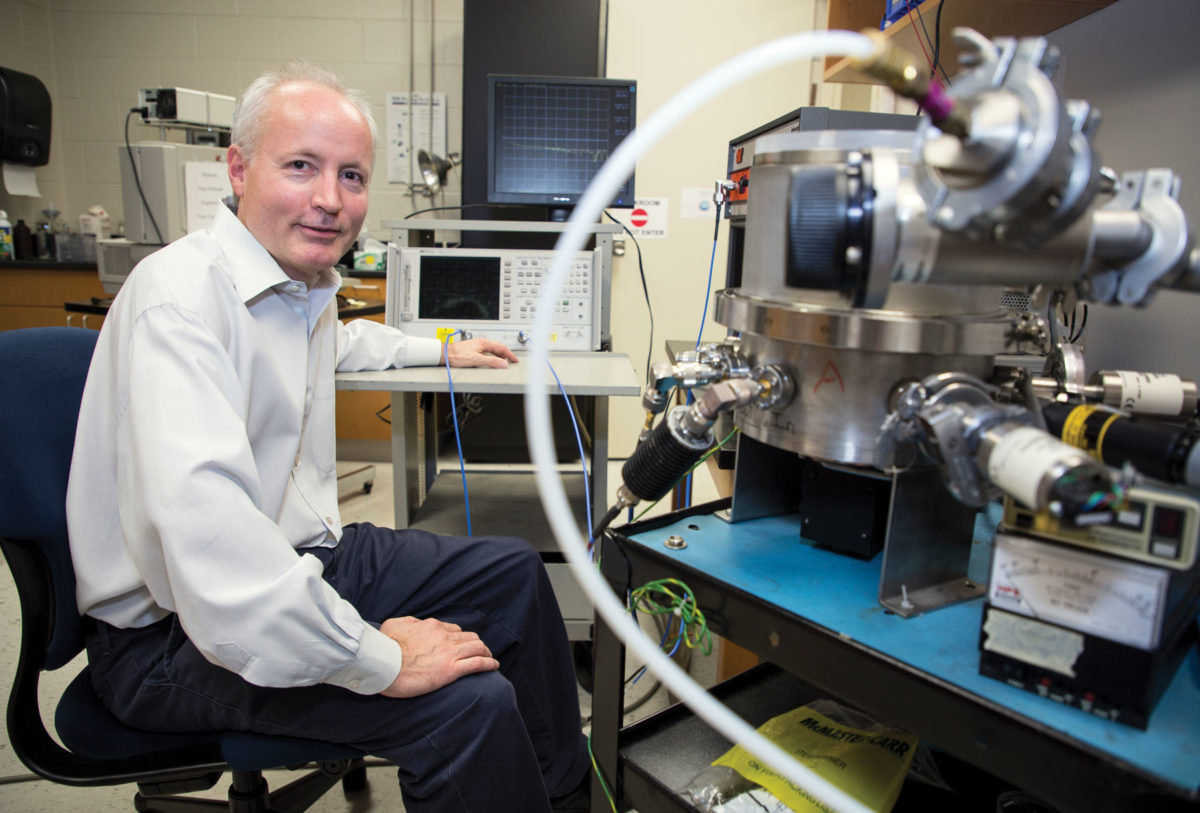
One thought on “From Industrial Glitch to Research Focus”
Comments are closed.